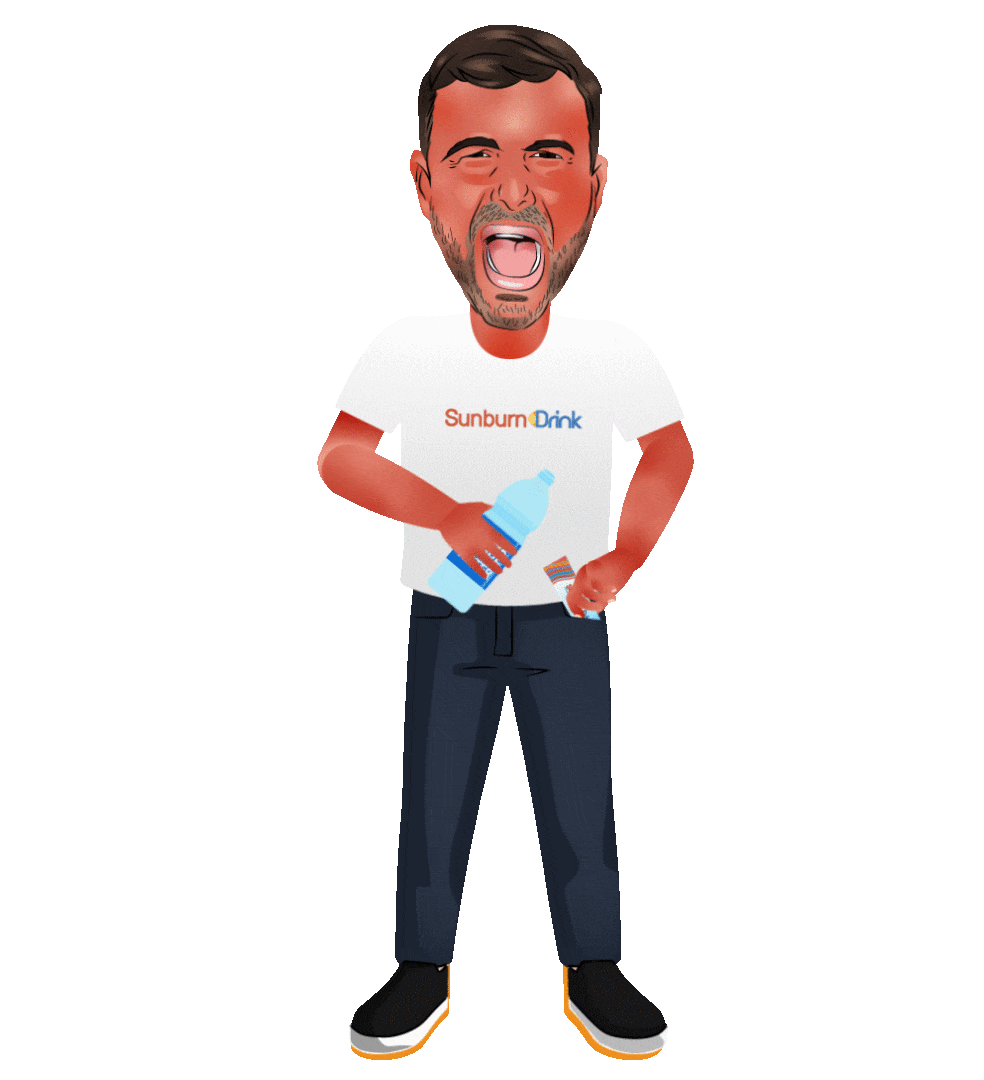While getting a sunburn on the scalp is common, many of you must be wondering if it is dangerous. The scalp is generally over-exposed to the sun as it has little to no protection, leading to painful sunburn. People with a bald head or thinning hair are more prone to scalp sunburn.
While it may seem innocuous, sunburn on the scalp can pose significant risks and consequences. In this comprehensive guide, we will address the question “Is sunburn on the scalp dangerous?”
Let’s get started.
Understanding the Scalp:
The scalp is a sensitive area of skin that is often exposed to direct sunlight, especially in individuals with thinning hair or bald spots. Unlike other parts of the body, the scalp has less natural protection from the sun’s UV rays due to the absence of thick layers of skin or hair coverings. As a result, it’s particularly susceptible to sunburn and related damage.
The Dangers of Sunburn on Scalp:
Sunburn on the scalp can lead to a range of health issues, from short-term discomfort to long-term consequences. Here are some potential dangers:
Immediate Pain and Discomfort:
Sunburn on the scalp can cause immediate pain, redness, and discomfort, making it difficult to carry out daily activities comfortably.
Increased Risk of Skin Cancer:
Prolonged exposure to UV rays can damage the DNA in skin cells, increasing the risk of developing skin cancer, including melanoma, squamous cell carcinoma, and basal cell carcinoma. The scalp is a common site for skin cancer development, particularly in individuals with fair skin or a history of sun exposure.
Premature Aging:
Sunburn accelerates the aging process of the skin, leading to wrinkles, age spots, and sagging. This can be particularly noticeable on the scalp, where the effects of sun damage may be more pronounced due to the thinness of the skin.
Risk of Infection:
Blisters or open wounds caused by severe sunburn on the scalp can increase the risk of infection. Scratching or picking at sunburned areas can introduce bacteria, leading to complications such as cellulitis or impetigo.
Things You Can Do to Treat Scalp Sunburn at Home
Shower in Cool Water:
Taking a cool shower can help reduce inflammation and heat on the skin’s surface, providing temporary relief from the burn. Be sure to use lukewarm or cool water to avoid further irritation.
Take Over-the-Counter Medicines:
NSAIDs like ibuprofen or acetaminophen can help minimize pain and inflammation caused by sunburn. While they won’t heal the burn, they can provide relief.
Apply Aloe Vera Gel:
Aloe vera gel has healing properties that can soothe minor burns and reduce inflammation. Apply it several times a day to the affected area for relief.
Use a Cold Compress:
Create a cold compress by soaking a clean cloth or towel in cold water. Wring out excess water and apply it to the sunburned scalp for 15-20 minutes. Alternatively, wrap an ice pack in a cloth and apply it to the affected area. Take breaks if the cold becomes too intense.
(Additional Tip: You can also try Sunburn Drink. It is a patent beverage formulated with skin-healing vitamins and antioxidants to help deal with the effect of sunburn.)
Things You Should Avoid for Treating Scalp Sunburn
Petroleum Jelly:
Applying petroleum jelly to a sunburned scalp can create a barrier that traps heat and prevents the skin from cooling down effectively. This can exacerbate the discomfort and prolong the healing process. Additionally, petroleum jelly may prevent the skin from breathing properly, leading to further irritation and potential complications.
Instead of petroleum jelly, opt for lightweight, non-comedogenic moisturizers specifically formulated for sunburned skin.
Benzocaine or Lidocaine:
Benzocaine and lidocaine are local anesthetics commonly found in ointments, creams, and sprays designed to provide temporary pain relief for various skin conditions. While they may offer relief for minor irritations or insect bites, they’re not suitable for sunburned scalp. Benzocaine and lidocaine can further irritate the already sensitive skin affected by sunburn. They may cause allergic reactions, stinging sensations, or increased redness and inflammation, making the sunburned scalp even more uncomfortable. In severe cases, they may even delay the healing process and increase the risk of complications.
How to Protect Your Scalp:
Fortunately, there are several steps you can take to protect your scalp from sunburn and reduce the associated risks:
Apply Sunscreen:
Use a broad-spectrum sunscreen with SPF 30 or higher specifically formulated for the scalp. Apply generously to all exposed areas, including the hairline, part, and any bald spots. Reapply every two hours or more frequently if sweating or swimming.
Wear Protective Clothing:
Consider wearing a wide-brimmed hat or cap to shield your scalp from direct sunlight. Opt for lightweight, breathable fabrics that provide adequate coverage without causing discomfort.
Seek Shade:
Whenever possible, seek shade or create your shade using umbrellas, canopies, or trees. Limit outdoor activities during peak sun hours (10 a.m. to 4 p.m.) when UV radiation is strongest.
Stay Hydrated:
Drink plenty of water to stay hydrated, as sun exposure can increase the risk of dehydration and heat-related illnesses. Avoid excessive alcohol or caffeine, as they can contribute to dehydration.
Check Your Scalp Regularly:
Perform regular self-examinations of your scalp to check for any changes in moles, freckles, or other skin abnormalities. Consult a dermatologist if you notice any suspicious or concerning lesions.
Over to You…
So you must have found the answer to “Is sunburn on the scalp dangerous”.
While sunburn on the scalp may seem benign, it can have serious consequences for your health and well-being. By understanding the risks and taking proactive measures to protect yourself, you can enjoy the sun safely while minimizing the likelihood of sunburn and related complications. Remember to prioritize sun safety, not only for your skin but also for your scalp – your future self will thank you for it.

